With much of the world undergoing some form of lockdown or quarantine this year, many of us found ourselves with significantly more time on our hands, which meant many creative projects finally bore fruit. For designer Priscilla Shunmugam, a sizeable amount of those hours was spent conceptualising, designing and producing her latest cheongsam (traditional Chinese dress) collection for her eponymous Ong Shunmugam label, which arrives just in time for the pre-Chinese New Year season.
Dubbed “Cheongsam 2010-2020”, the collection marks the brand’s 10th dedicated ready-to-wear cheongsam range to date. It includes 10 key silhouettes pioneered by Ong Shunmugam over the past decade, which blend a traditional style template with a firmly contemporary execution. Think form-fitting yet comfortable silhouettes (including halter necklines, flared skirts and cape sleeves); bold, eye-catching prints and playful colour combinations; as well as the use of modern fabrics and textiles to add an unexpected flourish.
Shunmugam and her team worked on the collection from three different locales – namely London (where Shunmugam is currently based), Singapore and Malaysia – but each of the “Cheongsam 2010-2020” pieces are proudly made in Singapore. Pre-orders are currently ongoing via the website’s Personal Shopping service or by visiting the brand’s workshop and retail space, Atelier Ong Shunmugam at Chip Bee Gardens (by appointment only).
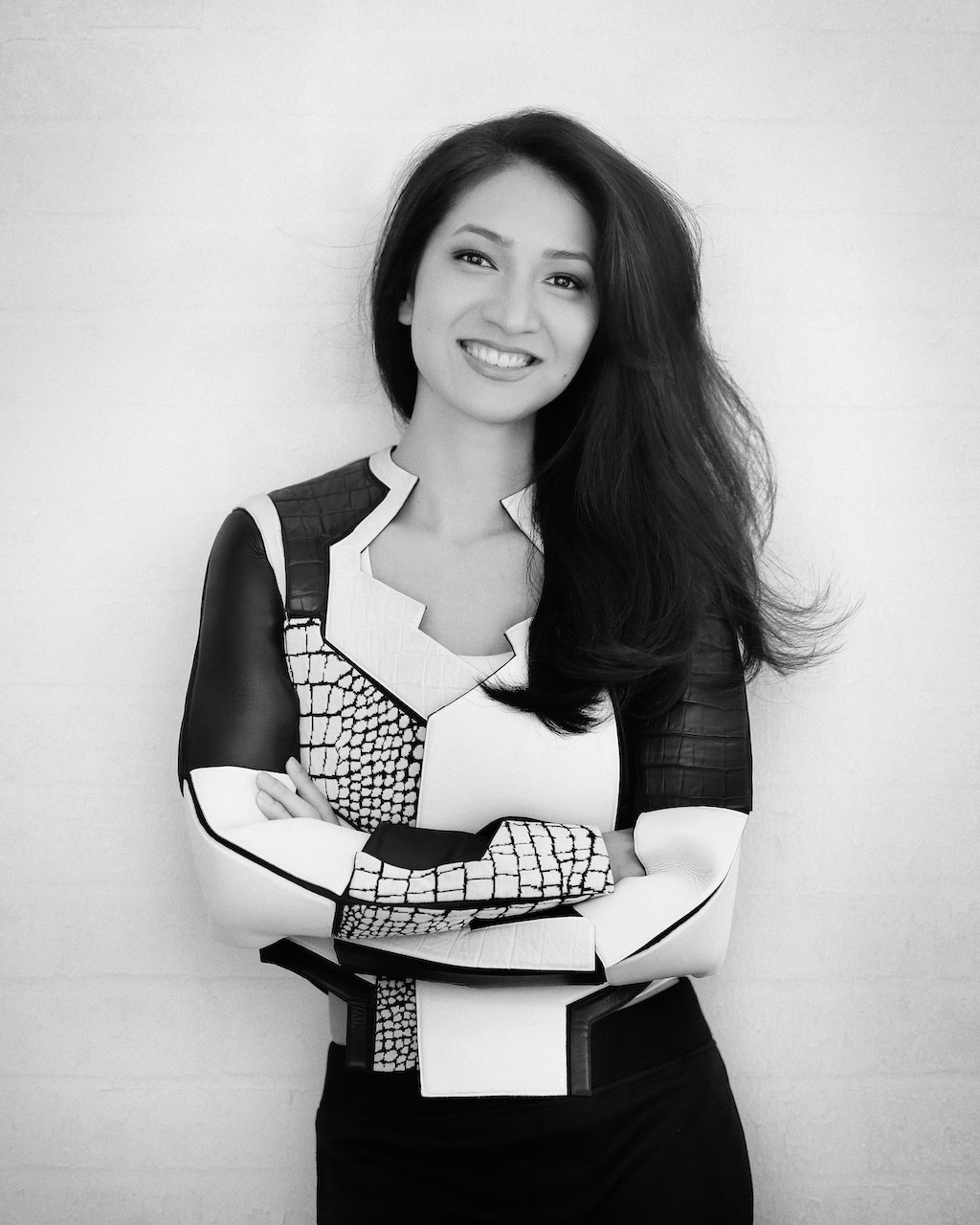
Born in Kuala Lumpur, Shunmugam founded her Singapore-based contemporary fashion label in 2009 while living in the city-state (she also attended university in Singapore, where she read law). Over the past 10 years, the largely self-taught designer has gained acclaim for her ability to reinvent traditional clothing items for the post-modern consumer, as well as her sensitivity to issues surrounding diversity, cultural ownership and the politicisation of the female body within the fashion industry.
The brand has recently branched out from garments, launching a collection of porcelain, wood and linen homewares in 2019. This was followed by a range of high-end rattan furniture made from scratch by craftsmen in Malaysia earlier this year.
We chat with Shunmugam about what went into making her 10th anniversary cheongsam collection, the things she loves about the three cities she’s called home and her outlook for the post-pandemic fashion industry.
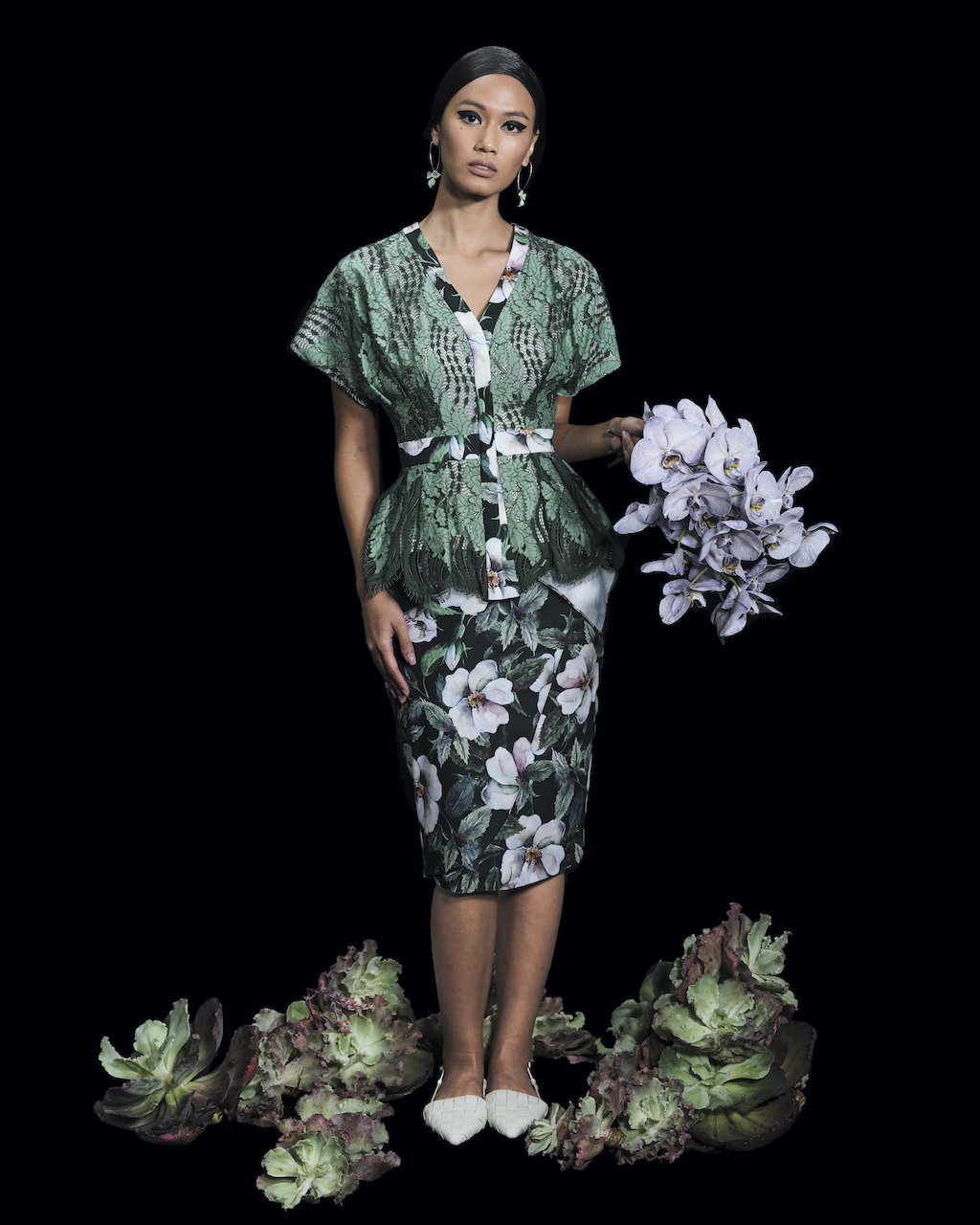
Q: How did you decide on which 10 silhouettes to focus on in the collection? Can you tell us more about what makes this cheongsam collection unique?
A: It wasn’t easy, but I decided to pick out an assortment that stretched equally across the 10 years, because I felt that it would be nice to reflect on the beginnings and the middle, as well as recent years. Hitting the first decade of existence is hard enough for any fashion brand, let alone a Singapore-based one, and I think that’s enough to make this collection dear to many people, other than myself.
Q: A big part of Ong Shunmugam’s vision is blending a modern design sensibility with traditional garments and inspirations. How is that conveyed through this particular collection?
A: By respecting our principles, but never being afraid to experiment and depart from them. For example, let’s take the Meena. It was the very first cheongsam we issued in January 2011, and it was distinct for incorporating sleeves that originate from the kimono, a shorter mandarin collar and a rather impeccable fit. Over the years, we have refreshed it in countless permutations; every year adding or subtracting, refining or rethinking. For this collection, we’ve reimagined the Meena by challenging it, and have taken away its signature sleeves and mandarin collar. Sometimes you need to lose something before you really appreciate it.
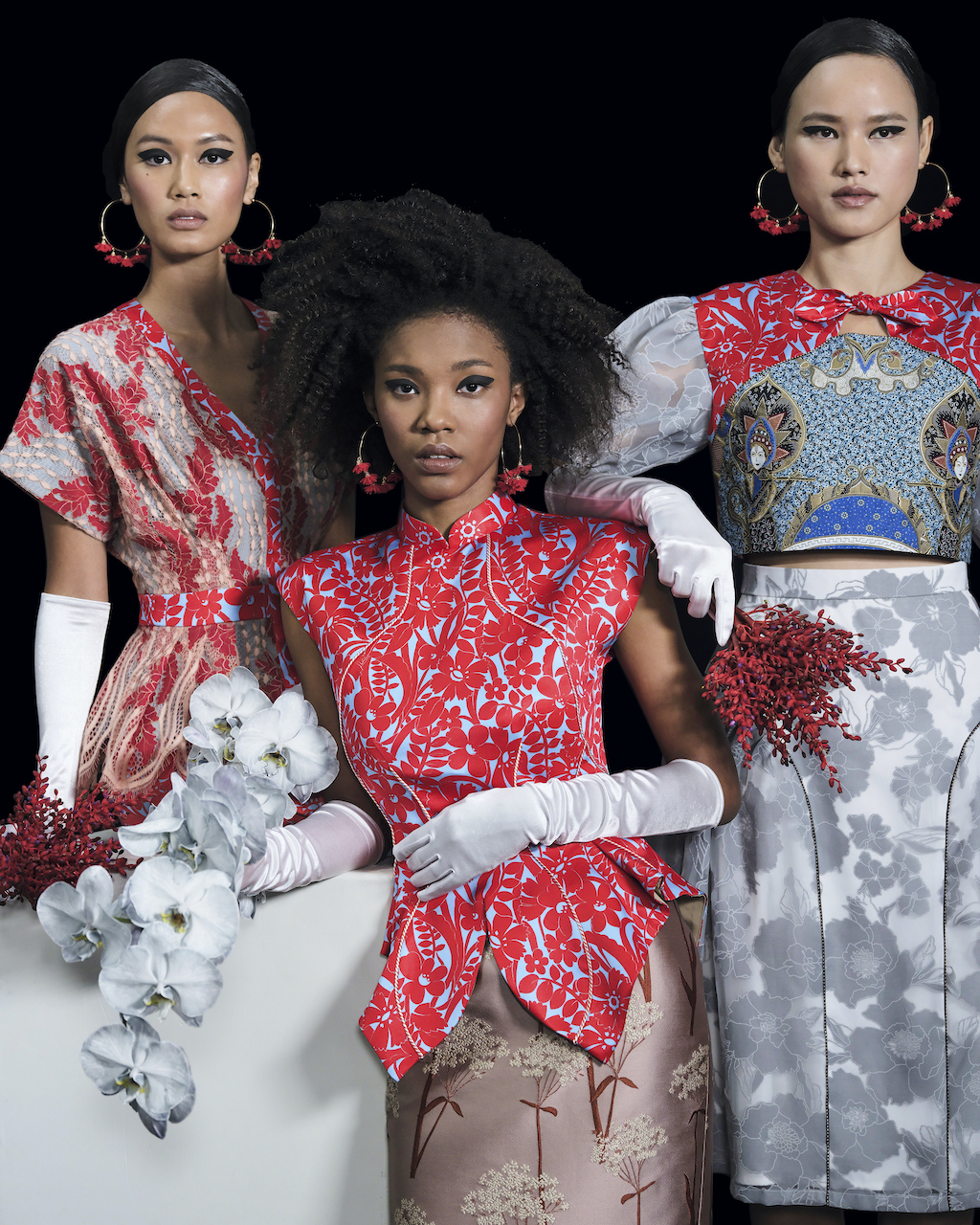
Q: This collection was produced during lockdown and quarantine by a team spread out across three different countries. Can you speak a bit about the challenges of working remotely and during a time when aspects such as logistics and supply chains are inevitably affected?
A: When I moved to London in 2018, it brought about some changes in our operations and approaches to how I ran the business. It’s a strange claim to make, but it felt like we had almost foresaw a glitch in the system – remote working, stretching the team across countries and time zones, separating the head from the body. But trying to run a fashion label in a post-pandemic world is something none of us could have planned for. We all wish we had some playbook on consumer consumption during a pandemic, but all we can do is work smarter and harder than ever. As of December 2020, we still have two staff stranded outside of Singapore and we haven’t been able to reopen our Guangzhou office.
We all wish we had some playbook on consumer consumption during a pandemic, but all we can do is work smarter and harder than ever
Q: How was it like for you creating and designing during a pandemic? How did the lockdown and quarantine process help or hamper you?
A: I function best when left alone. So perhaps this is one silver lining of lockdown for me! With close to zero distractions and a shift in expectations, I found myself gifted with all the time I had always longed for and all the peace of mind in the world. It could sometimes get too insular, so I would have to make a conscious effort to stay tethered to the outside world. As a team, I think my colleagues and I learnt to trust each other more, and for the first time, they had to be my eyes and hands.
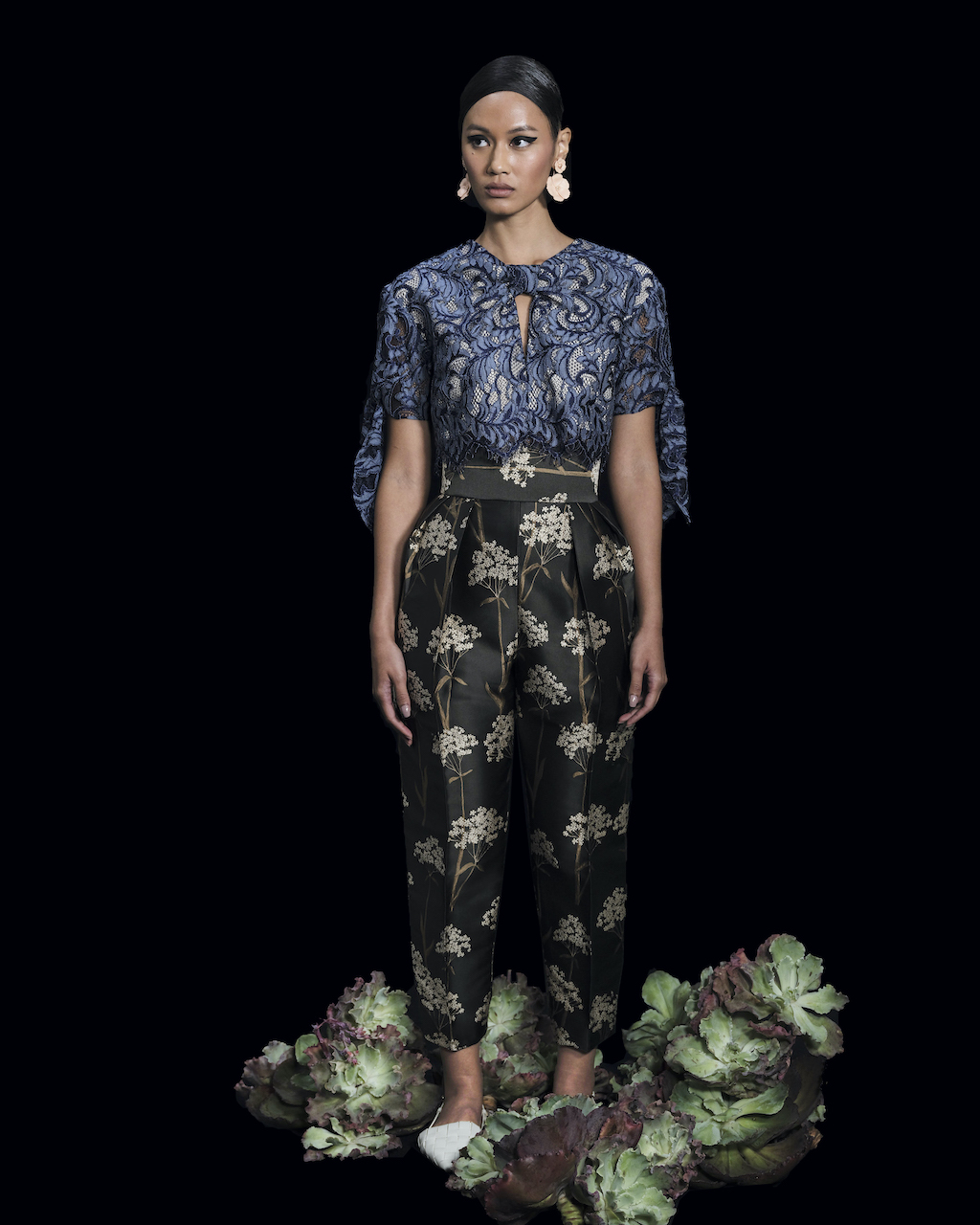
Q: While it may be hard to do so, can you please pick a favourite or standout piece from the collection and talk a bit more about it?
A: My mother, who is Chinese, has always taken Chinese New Year and the whole shebang very seriously. Every year, I recall being dressed up in samfus (a traditional Chinese outfit, usually comprised of a shirt and trousers) as a toddler and throughout my pre-teens. I’d never be trusted with a cheongsam because of my restless and tomboyish nature, and so funnily enough, I was introduced to the samfu long before I wore my first cheongsam.
That explains why we have always had permutations of the samfu in our cheongsam collections – and the M6 & M3 ensemble is one of my firm favourites from the year it was introduced (2014) until now. Regardless of the fabric or colour palette, it always consists of a cropped top and an expertly cut pair of pants. Over the years, we have had so much fun watching women don our samfus – it really has become the “cool girl cheongsam”.
Q: How has the cheongsam as a garment and fashion statement evolved over the past 10 years, both in terms of design as well as its reception among society?
A: In the Singapore context, the cheongsam has existed and thrived since our Chinese ancestors first brought it here with them. When Ong Shunmugam came onto the scene, I had a sense that there was a space for an alternative way of looking at and handling the cheongsam. To me, its evolution seemed quite static and misaligned with the 21st century emancipation of Singaporean women. Ten years later, I’d like to believe that we have contributed in some small way to articulating that it’s perfectly alright to have an alternative, and that this alternative can be Southeast Asian specific, can be culturally inclusive and can be appreciated even if its sentiments originate from someone who isn’t Chinese.
To me, [the] evolution [of the cheongsam] seemed quite static and misaligned with the 21st century emancipation of Singaporean women
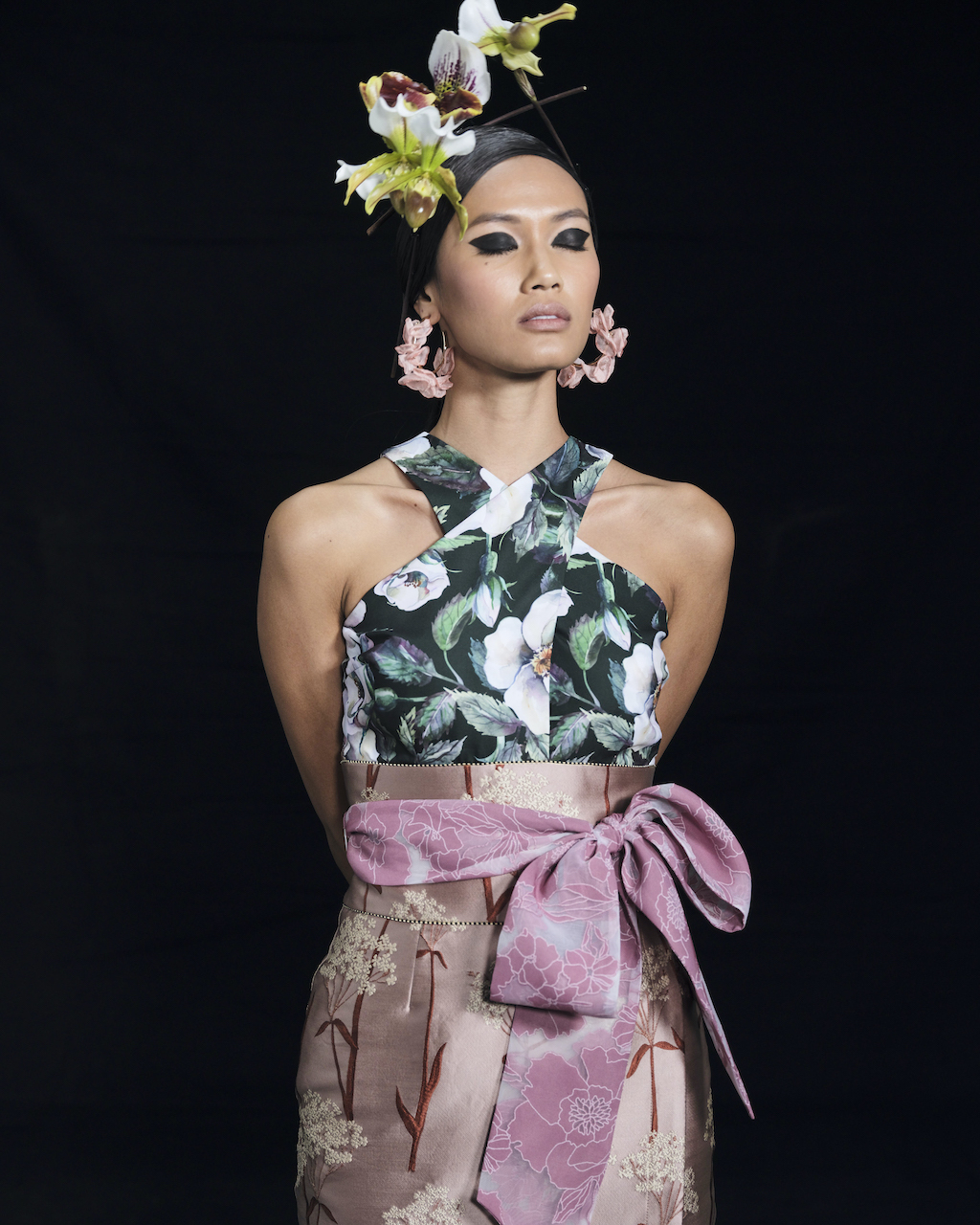
Q: While the cheongsam is most typically worn during Chinese New Year or at weddings, what’s your case for having more women incorporate it into everyday wear, rather than only during these special occasions?
A: I think the best way to do this is by show and tell. When a woman wears a well-cut and well-made cheongsam, she walks in a room and everybody notices. I’ve always felt that this sometimes works to her disadvantage – woe betide a woman who dresses well, especially if she has the goods to back it up! And so I think women have had to slowly chip away at the notion that if you’re capable and reliable, you can’t possibly take fashion seriously. As time has paved the way for open minds and changing expectations, we see more women owning their femininity and dressing for themselves as they please, rather than for men or anyone else.
I think women have had to slowly chip away at the notion that if you’re capable and reliable, you can’t possibly take fashion seriously
Q: Ong Shunmugam has gone from strength to strength over the past 10 years. What are you most proud of, and how do you see the brand evolving in the decade to come? Are there any other launches or special collections you have planned for the 10th anniversary?
A: When I first launched Ong Shunmugam, I had pages and pages of notes where I scribbled all my aims and hopes for the brand. Out of all my dreams, I think it was this scribbling about the definition of success that I always come back to: “When I can objectively sense, either through critical or commercial feedback, that the label has achieved and maintained a style that is clearly identifiable, influential to some extent and consistent over the years.”
With Ong Shunmugam turning 10 years old this month, we feel the need to recognise and celebrate this milestone by evoking a sense of accomplishment and contentment, but at the same time, we want to do that with respect to the new realities we live in. I think it’s important to confront the relevance of being a fashion brand during these troubled times, and I want to sort of time-stamp this with several nods to the importance of necessities we have taken for granted: the beauty of human touch, the ability to share, the coming together across distance, closeness to nature. We do have some plans in place, but will try to spread them out across the calendar of 2021. We want to try and make it a point to overcome the hurdles that Covid-19 presents the fashion industry, and try our best to rise above the inability to do the things that we once took for granted.
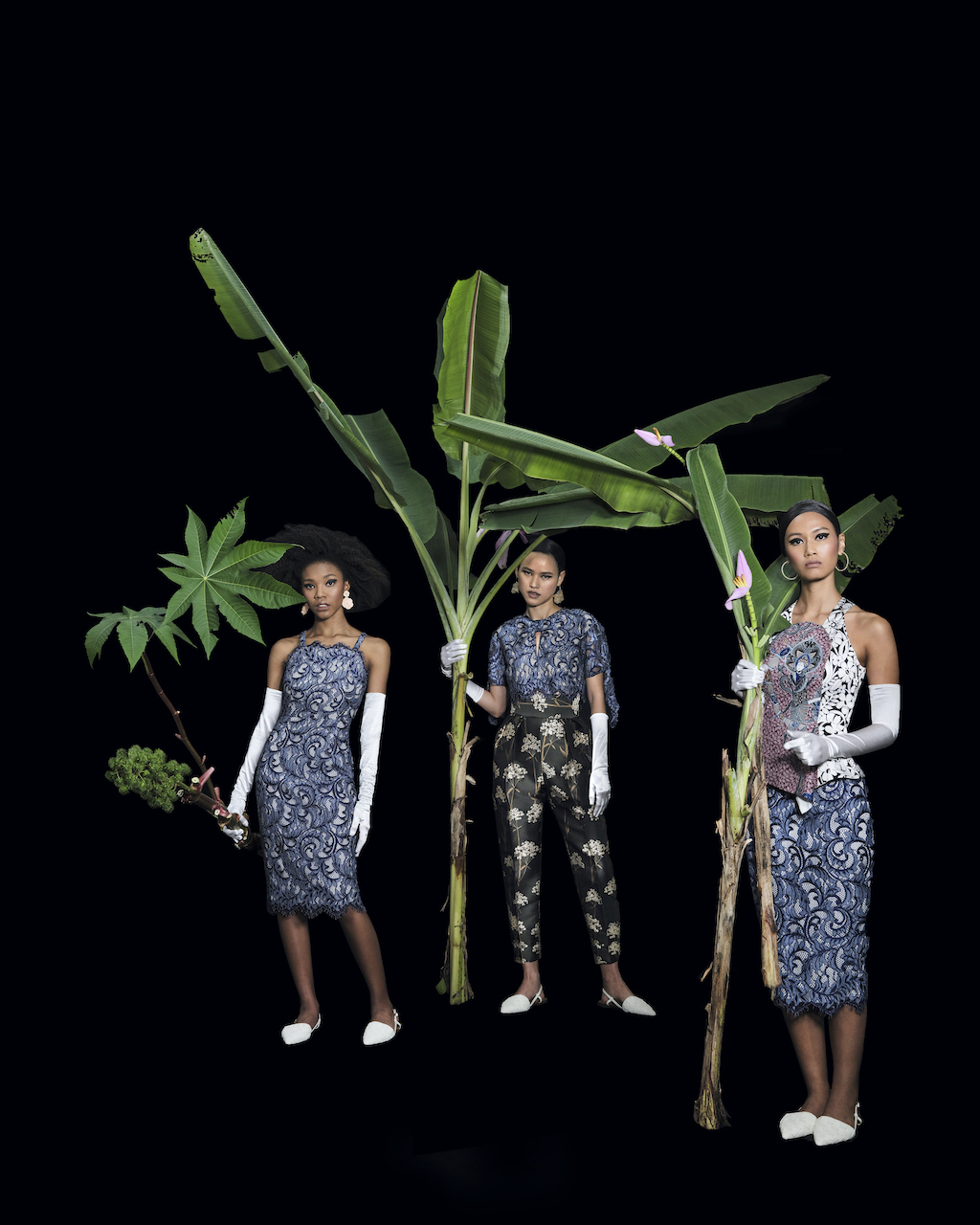
Q: The pandemic has wreaked havoc on the fashion industry, with many companies bleeding money and being forced to close. What is your forecast for 2021 in terms of the continued effect of the pandemic on the industry, and what do you think brands need to do to bounce back and stay in business?
A: I think it’s about brand affinity, customer loyalty and meaningful purchasing. All these airy concepts that have always been hard to pin down are exactly the keys to holding on to post-pandemic revenue. I’m simply telling my team this: if we’re trying to convince someone to spend money in a time of uncertainty, we need to understand the mental and emotional journey they’re making to get to the point of checkout. It’s not simply transactional anymore; every purchase goes through much more scrutiny and intention than before. Brands need to pay close attention to shifts in consumer appetites and priorities, and try to strike that tricky balance between being ahead but being reactive.
Q: You grew up in Malaysia, spent a significant amount of time in Singapore and are now based in London. What about each of these cities inspires you and your creative process?
A: I had a wonderful and diverse childhood growing up in a Malaysia that was at her prime in the 1980s. Economically strong and open, culturally comfortable and still relatively safe – I benefited in so many ways. Moving to Singapore, however, was my ticket to a new life, and it really jolted me out of the comforts of home. I’ve spent my entire adulthood in Singapore and while it didn’t shape my early years, it provided an accurate reflection of who I was and who I wasn’t. London, of course, is the city that changed it all: where I learnt how to sew, how to draft and how to find the confidence to embrace all the things that I thought I should downplay. They are my three homes, my three loves, and will always be intertwined in my heart.
SEE ALSO: Sustainability as a concept in the fashion industry has to be fundamentally normalised
The post How designer Priscilla Shunmugam created her latest cheongsam collection during lockdown appeared first on SilverKris.
from SilverKris
No comments:
Post a Comment